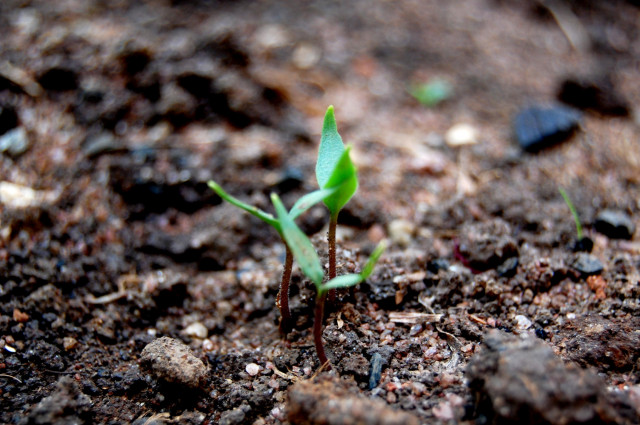Plantation drive kicks off in G-B: 2,000 saplings planted on KIU campus
Forest department to plant more than 1 million saplings.

Earlier on Wednesday, the Gilgit-Baltistan Forests Department announced planting of 1,100,000 saplings in the region this year. PHOTO: FILE
A day after the Gilgit-Baltistan’s Forest Department formally kicked off tree plantation campaign in the region, staff members and students at the Karakoram International University [KIU] planted more than 2,000 saplings.
The plantation drive on the campus was spearheaded by KIU Vice Chancellor, Dr Najma Najam on Thursday.
Addressing the students and faculty members, the vice chancellor said that crown canopy and trees were crucial for clean environment. She asked every member of the university to plant at least one sapling.
“We have introduced a cohesive system of irrigation and that is why the survival rate of trees on the campus has been more than 90 percent,” she said. She also announced a cash prize for gardeners in recognition of their hard wok.
Convener of Garden Committee Dr Abdur Razzaq said that more than 6,000 trees have been planted so far inside the campus and adjacent hills and this year, 2,000 saplings of fruit and other trees were planted.
Project Director Shabbir Hussain talked of water shortage in the KIU but said that they would utilise all available resources to make the plantation drive a success.
Earlier on Wednesday, the Gilgit-Baltistan Forests Department announced planting of 1,100,000 saplings in the region this year. “We have a target of planting more than 1 million trees this year,” Khadim Hussain, Secretary Forests, said.
He said that last year the forest department planted slightly less than 1 million trees despite financial crunch. Conservator Forests, Mohammad Ismail, termed plantation the most effective tool to counter climate change issues.
Like elsewhere in the country, thousands of trees are planted every year in this mountainous region however their survival rate is very low.
Published in The Express Tribune, March 1st, 2013.
















COMMENTS
Comments are moderated and generally will be posted if they are on-topic and not abusive.
For more information, please see our Comments FAQ